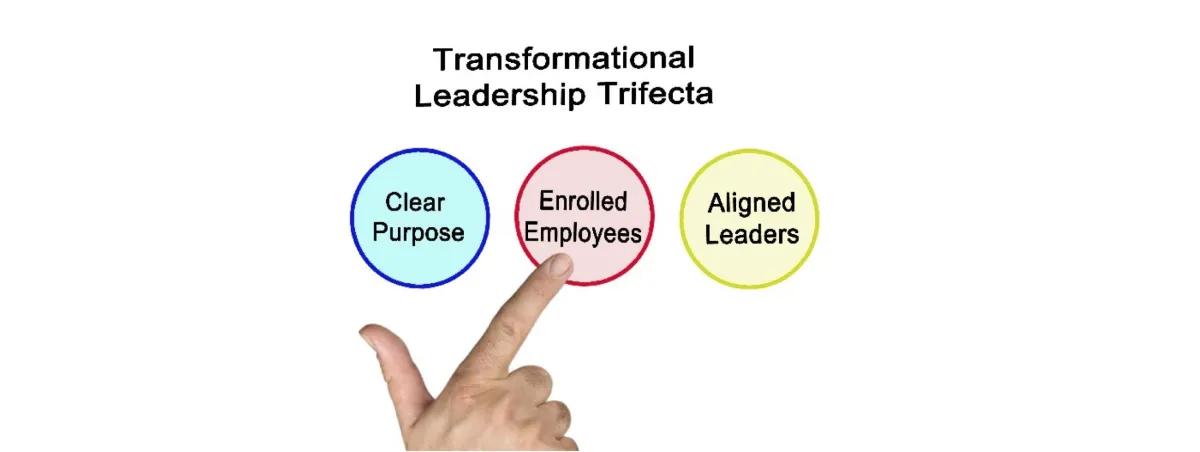The Human View™ Blog

A Trifecta for Health Transformation
The triple crown of employee / patient engagement
When it comes to clinical compliance, adapting and synthesizing the Patient Activation Measure, the Trans-Theoretical Model and the Health Belief Model - particularly within workplace environments - can significantly enhance the effectiveness of health management programs.
These three powerful frameworks have been used - successfully, we note - by differently-sitused health professionals and organizations to understand and influence employee and patient behavior towards better health outcomes.
The patient activation measure (PAM)
PAM is a validated tool used to gauge an individual's knowledge, skill, and confidence in managing their health. It breaks down the patient's journey into four progressive levels, from being passive recipients of care to becoming active participants in their health journey. Patients at higher activation levels are more likely to engage in positive health behaviors, adhere to treatment plans, and have better clinical outcomes.
The trans-theoretical / stages of change model (TTM / SoC)
The TTM / SoC model is a psychological framework that assesses an individual's readiness to act towards a new, healthier behavior. It acknowledges that behavior change is not immediate, but most often occurs gradually, as a person moves through five stages: pre-contemplation, contemplation, preparation, action, and maintenance. The wellness / well-being industry has long known that tailoring outreach and interventions to the individual's likely (or assessed) stage of change can lead to more successful health outcomes.
The health belief model (HBM)
This is one of the oldest social cognition models. It posits that a person's belief in a personal threat of an illness or disease - together with a belief in the effectiveness of the recommended health behavior or action - will predict the likelihood of the adoption of that behavior. It underscores the importance of personal beliefs in decision-making processes. It further suggests that health behaviors are influenced by the perceived benefits of, the barriers and susceptibility to, and the severity of health issues, as well as the cues they receive towards action and self-efficacy.

Adapting the models
Employers, health management vendors, and point solution vendors can adapt these three models to develop more personalized and effective clinical compliance efforts. Here's how all of us can work to integrate these tools:
Personalized communications (or, better yet - marketing)
PAM: Segment employees based on their activation levels, and tailor communications accordingly. Employees with lower activation levels may need more information and encouragement to take the first step, while those with higher activation levels may benefit from more sophisticated health management tools and resources.
TTM / SoC: Design communication campaigns that address each stage of change, with motivational messages for those in the pre-contemplation stage, and reinforcement for those in the action and maintenance stages.
HBM: Use health risk and other assessments to identify beliefs that may prevent employees from engaging in healthy behaviors, and address these in communications (or better yet, marketing).
Incentivizing participation
While there are arguments both for using incentives (absent these, people won't act) and against (incentive uptake is a "false positive"), I believe that the value of incentives outweighs the possible downside. However, the value of any form of incentive should correlate to "the ask."
For example, the value of a non-compliant diabetic going to see an endocrinologist (or even a PCP) is much higher than the value of a relatively healthy person completing a Health Risk Assessment.
So, people at lower levels of patient activation, or in the early stages of change, should be modestly incentivized for lower-value actions, while those at higher levels or later stages might receive higher incentives for achieving specific health outcomes.
And, tiered incentives and benefit levels can be structured to align with an employee's perceived health threats. In other words, we should mos' def' provide "low-barrier access" to preventive services for those who perceive high susceptibility to, and the severity of, health issues.
New hire onboarding and open enrollment
During onboarding, we can introduce new hires to health and wellness programs by assessing their activation levels and readiness to change, and by understanding their health beliefs. This can be done through interactive, AI-powered chatbots, or other digital health platform features.
We can also work towards customizing O/E communications (or, better yet - marketing) to reflect the diversity of employee populations based on PAM, TTM, and HBM frameworks. For example, look at how to upgrade your decision support tools to point employees towards health plan options or well-being programs based on their activation levels or stage of change, so that decision support tools are better-tailored to their individual needs.

A synthesized approach
These models are - in my view - highly complementary. What hasn't typically been done is to synthesize them to compound the value of any one of them on a stand-alone basis. What have we got to lose? We know that, long ago, our standard approach hit a (too-low) "upper limit problem."
Instead, we can:
Use the Patient Activation Measure to categorize employees based on their skillsets, so that we can tailor our interventions accordingly.
Apply the Trans-Theoretical Model to better "time" our interventions, based on an employee's readiness to change.
Employ the Health Belief Model to shape the content of these interventions, ensuring that they address beliefs and barriers that are specific to the individual.
Practicalities and practices
Is it realistic to have new hires complete a PAM assessment? Well, how much do you want employees to be more open to, and interested in your programs - from day one?
I've had ongoing conversations over the past couple of years with a Total Rewards veteran who has long thought that something like this should just be "standard."
Why? Because you can instantly deliver targeted information and WIIFM*'s - on day one - about the programs you offer, and especially those that are aligned with the new employee's activation level.
Think about this: during Open Enrollment, employees could be better guided through the selection of benefits and programs that correspond to their stage of change, with educational content informed by their health beliefs, and that specifically address their perceived skills towards - and barriers to - improving their health behaviors.

The last word
It's more than high time for all of us to get more committed to - and more creative about - getting employees to "participate." What does that really mean?
It means that people need to follow a three-fold path:
Enroll
Engage
Achieve
By leveraging the strengths of the Patient Activation Measure, the Trans-Theoretical Model, and the Health Belief Model, employers, consultants and health vendors can create a nuanced and effective strategy for fostering clinical compliance.
Why? Because we need a simpler, faster path towards helping employees become healthier, towards helping organizations become more resilient, and towards helping all of us become more effective at impacting health plan costs.
Health -> Resilience -> Cost impacts
A real trifecta!
*WIIFM = What's In It For Me?
~ Mark Head
© 2023. All Rights Reserved.
Click the green button or the blue button (below) to visit our scheduling pages.

Mark Head
President
With 4 decades of combined experience in employee benefits consulting, wellness and health management, Head brings a unique combination of dynamic perspectives into a clear vision of where the future of health care is moving - and it's moving towards deeper human connection, awareness, and engagement...
Follow Us On
© 2025 Benefit Personas, LLC. All Rights Reserved.





